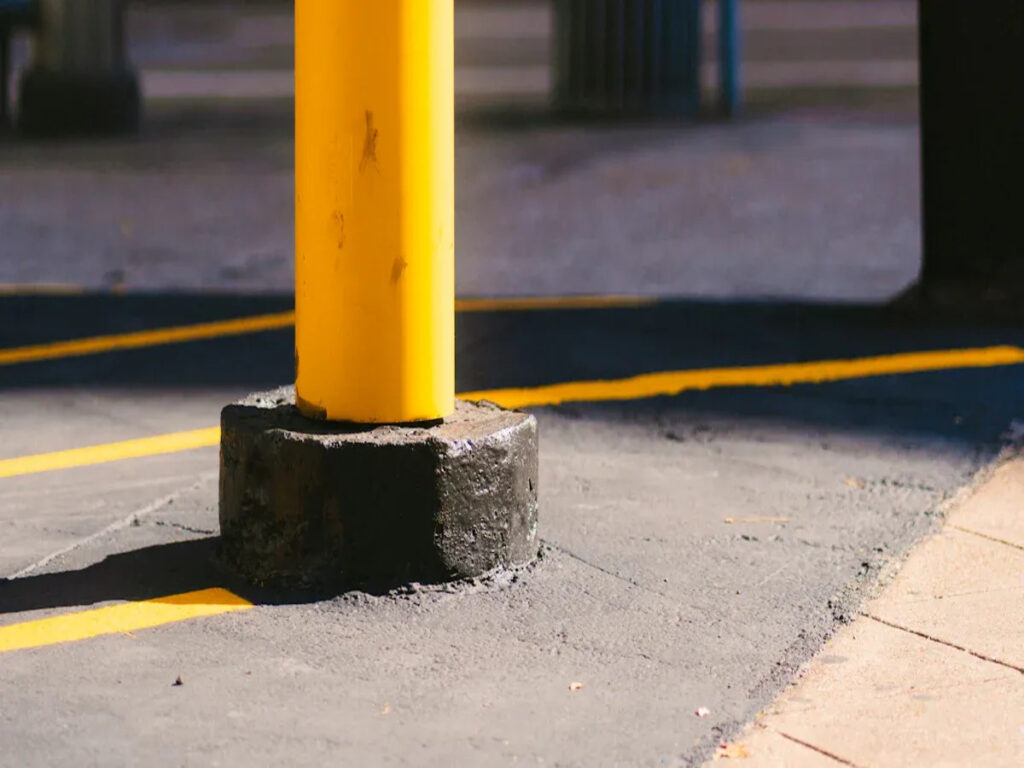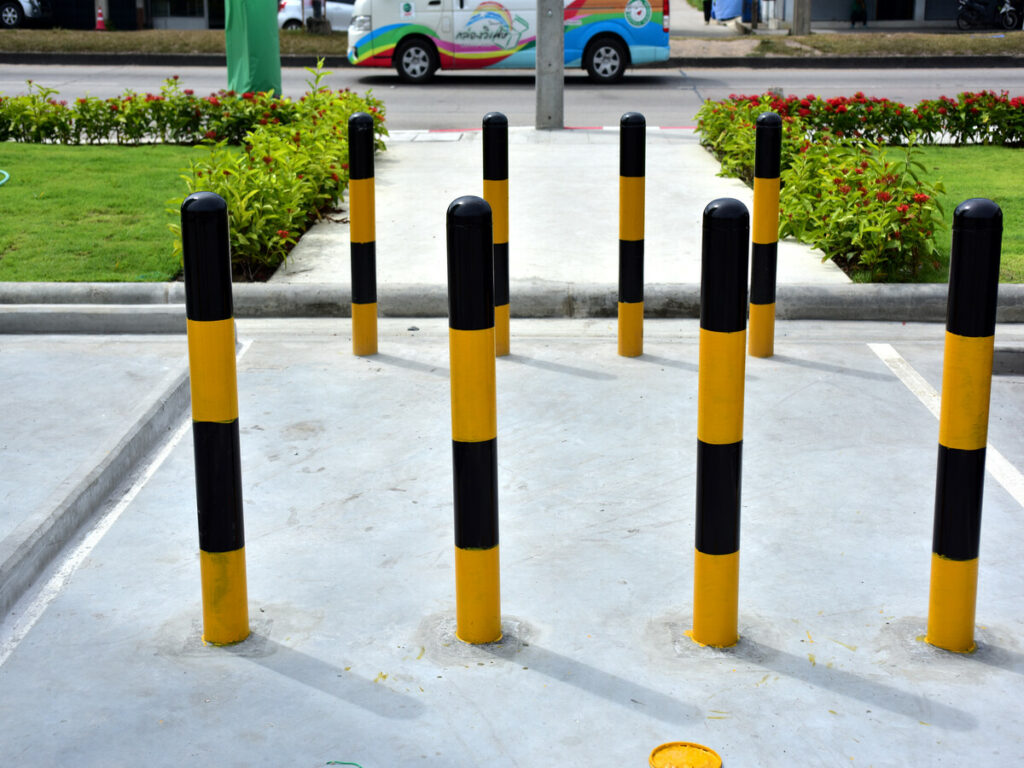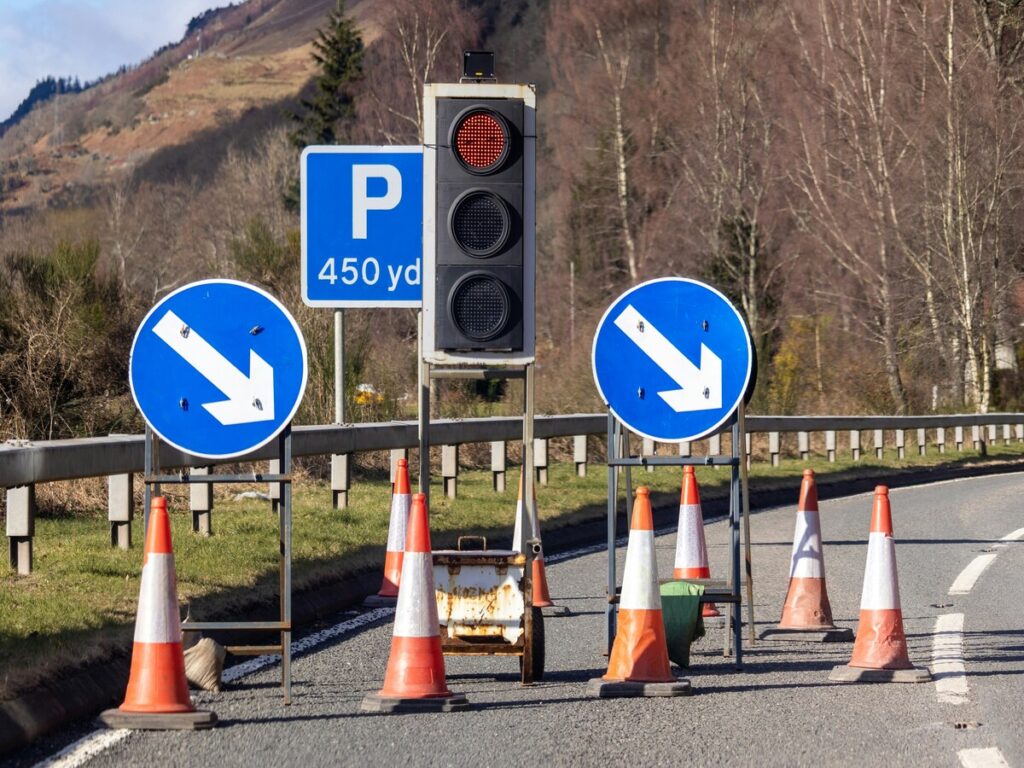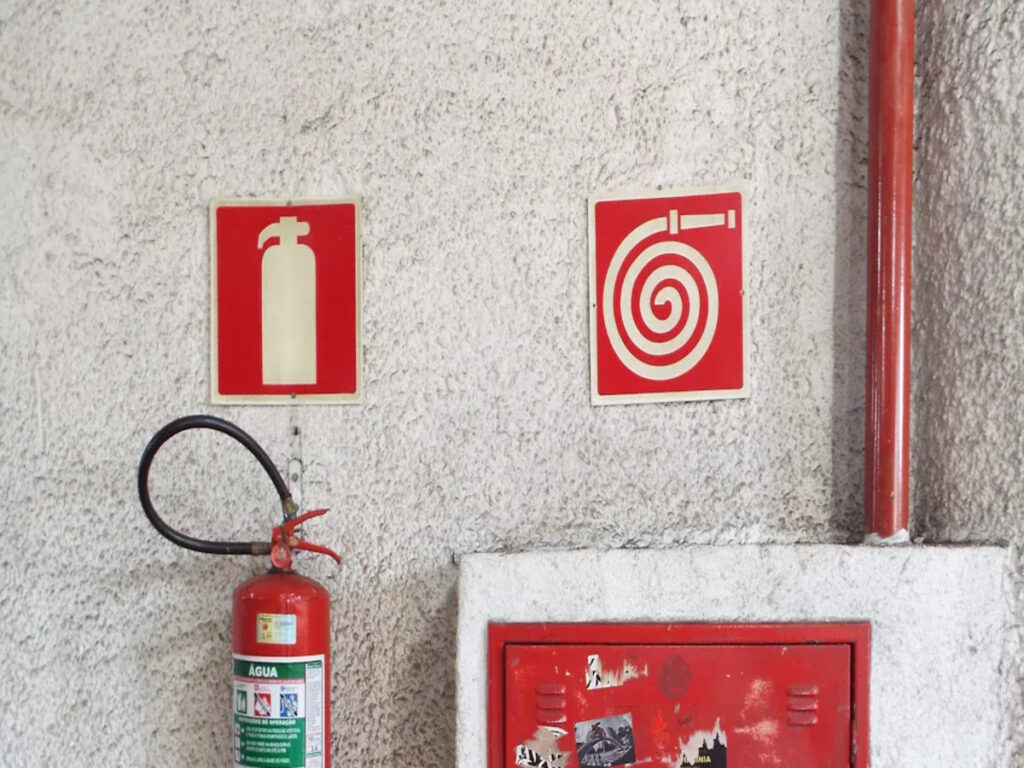
Vous protégez votre propriété lorsque vous entretenez des bornes amovibles en acier. L'exposition aux conditions hivernales peut provoquer de la corrosion et des dommages. Si vous négligez l'entretien, les bornes amovibles peuvent geler ou tomber en panne. La neige et le sel peuvent affecter à la fois les bornes robustes et les bornes résistantes aux chocs.. Vous devez inspecter soigneusement les bornes escamotables et les bornes escamotables manuelles.. L'hivernage des bornes amovibles en acier les maintient en état de marche. Les bornes résistantes aux chocs nécessitent une attention particulière pour rester fiables toute la saison.
OPTRAFFIC offers high–quality steel bollards designed for durability and reliability, Même dans des conditions météorologiques difficiles. Avec proper winterization and regular maintenance, OPTRAFFIC ensures that your bollards—whether removable, crash-rated, or retractable—stay functional and safe throughout the year, providing lasting protection for your property.
Principaux à retenir
- Inspect your removable bollards regularly, especially before and during winter, to catch rust, dommage, ou des pièces détachées au début.
- Clean bollards and ground sleeves often to remove snow, sel, saleté, and debris that cause corrosion and freezing problems.
- Protect ground sleeves by using tight-fitting caps and moisture absorbers to keep water and ice out during cold months.
- Store bollards in a dry, secure place away from moisture and sunlight, and lubricate locking parts before winter storage.
- Perform pre-season and post-storage checks to ensure bollards work smoothly and stay reliable all year long.
Environmental Stress Factors
Neige, Glace, and Salt
Winter brings many challenges for your removable steel bollards. Snow piles up around the base and can trap moisture. Ice forms when temperatures drop, and this can make the bollards hard to remove. Salt used for melting ice speeds up corrosion. You may notice rust spots or pitting on the surface. Salt also seeps into the ground sleeve, which can damage the inside and make it harder to reinstall the bollard in spring.
Conseil: Always clear snow and ice from around the bollard base after storms. This simple step helps prevent buildup and protects the ground sleeve.
Snow removal protection matters. If you use plows or shovels, avoid hitting the bollards. Impacts can scratch the finish and expose metal to moisture. Scratches make it easier for corrosion to start. You should also check for salt residue and rinse it away when possible.
Freeze-Thaw Cycles
Freeze-thaw cycles cause water to expand and contract. Water gets into small cracks or gaps around the ground sleeve. Quand il gèle, it expands and puts pressure on the metal. This can lead to cracks or even bending. Repeated cycles weaken the bollard and the sleeve.
You need to watch for signs of damage after each freeze. Look for loose fittings or changes in how the bollard fits in the sleeve. If you spot problems early, you can prevent bigger issues later.
Note: Regular checks during winter help you catch corrosion and damage before they become serious.
Inspection & Nettoyage
Inspecting Removable Steel Bollards
You need to inspect your removable steel bollards before winter storage. Regular inspection helps you find problems early and keeps your property safe. Follow these steps to make sure your bollards stay in top condition:
- Schedule inspections based on your location, météo, and how often you use the bollards.
- Recherchez des signes d'usure, corrosion, puces, or peeling paint on the surface.
- Test the function of automatic or manual retractable bollards to make sure they work smoothly.
- Clean the bollards to remove dirt and pollutants that can cause damage.
- Lubricate moving parts and locking mechanisms to prevent sticking.
- Replace worn parts, such as hydraulic seals or locks, following the manufacturer’s instructions.
- Check the ground sleeve and foundation for stability and signs of shifting soil.
- Repair any damage right away to avoid bigger problems.
- Keep records of all inspections, réparations, and maintenance activities.
- Prepare an emergency plan in case a vehicle hits your crash-rated bollards or heavy-duty bollards.
Conseil: A detailed inspection checklist helps you remember each step and keeps your removable bollards reliable all year.
Cleaning Methods
Cleaning your removable steel bollards is a key part of maintenance. Saleté, sel, and grime can build up quickly, especially in winter. You should use a soft brush or cloth to wipe down the surface. For stubborn spots, use mild soap and water. Rinse well to remove any soap residue. Avoid harsh chemicals that can damage the finish.
If you have crash-rated bollards or heavy-duty bollards, pay extra attention to the base and locking areas. These spots collect the most debris and moisture. Après le nettoyage, dry the bollards completely to stop rust from forming.
Note: Clean bollards not only look better but also last longer and work better.
Debris Removal
Debris can cause big problems for removable bollards. Leaves, gravier, and trash can fall into the ground sleeve. This makes it hard to insert or remove the bollard. You should check the sleeve often and clear out any buildup.
Use a vacuum or a small brush to remove loose debris from the sleeve. For stuck material, a wooden dowel or plastic tool works well. Never use metal tools that could scratch the inside of the sleeve.
🧹 Keeping the ground sleeve clean helps prevent freezing and makes reinstallation easier in spring.
Sleeve Sealing & Moisture Prevention
Ground Sleeve Protection
You need to protect the ground sleeve to keep your removable bollards working well. Eau, saleté, and salt can enter the sleeve if you do not cover it. These things cause rust and make it hard to use the bollard later. You should always check the sleeve after removing the bollard. Use a sleeve cap or cover to block out rain, neige, et des débris. Many bollard systems come with a cap that fits tightly. If your system does not have one, you can buy a universal sleeve cover. A good cover keeps the inside clean and dry.
Conseil: Always clear away leaves and trash before you put on the sleeve cap. This step helps stop buildup inside the sleeve.
Moisture Prevention in Sleeves
Moisture inside the ground sleeve can freeze in winter. Frozen water expands and may crack the sleeve or make it hard to reinstall the bollard. You can stop this by keeping the sleeve dry. After you remove the bollard, check for water at the bottom. Use a sponge or small pump to remove any standing water. Dry the inside with a cloth. You can also add a small amount of silica gel or a moisture-absorbing packet. These packets help keep the sleeve dry during cold months.
Sleeve Sealing Techniques
You can use several methods to seal the sleeve. A rubber or plastic cap works well for most sleeves. Make sure the cap fits tightly so water cannot get in. Some people use weatherproof tape around the edge for extra protection. For long-term winterizing, you can use a foam plug inside the sleeve before adding the cap. This double layer blocks both moisture and debris. Good sealing is a key part of bollard maintenance. It helps you avoid costly repairs and keeps your bollards ready for spring.
🛡️ Proper sealing and moisture prevention protect your investment and make winterizing much easier.
Winter Storage for Removable Steel Bollards

Storage Location
You need to choose a safe place for storing your removable steel bollards during winter. Pick a dry area that stays above freezing. Moisture in the air can cause rust, so avoid damp basements or outdoor sheds with leaks. A locked storage room or a secure cabinet keeps your bollards safe from theft. Sunlight can fade paint and weaken plastic parts, donc store bollards away from direct UV light. If you have heavy-duty bollards or crash-rated bollards, use padded racks or shelves to prevent scratches and dents.
Conseil: Label each bollard and its matching ground sleeve cap. This makes reinstallation easier in spring.
Lubrication of Locking Components
Lubrication is a key part of winterizing your bollards. Before storage, apply a light oil or silicone spray to all locking parts. This includes the pins, charnières, and locks on retractable bollards and manual retractable bollards. Lubrication stops rust and keeps the mechanisms working smoothly. Wipe away extra oil to avoid attracting dust. Check the manufacturer’s guide for the best lubricant to use.
- Clean each locking part before adding lubricant.
- Move the lock or hinge back and forth to spread the oil.
- Store the lubricated parts in a sealed bag if possible.
Regular maintenance like this helps your bollards last longer and work better when you reinstall them.
Avoiding Ground Sleeve Freezing
Ground sleeve freezing can make it hard to reinstall your bollards in spring. You can use several methods to prevent this problem. Cover the sleeve with a tight cap to block water and debris. Add a moisture-absorbing packet inside the sleeve for extra protection. Some property owners use insulation materials to keep the ground warmer around the sleeve.
You can learn from other industries that face freeze-thaw cycles. Par exemple, in agriculture, people use cold-proof cloth, insulation quilts, or liquid mulching film to protect the ground from freezing. These methods help keep soil temperatures higher and reduce frost damage. En construction, polyester geotextiles and composite geomembranes are used to limit frost deformation. Studies show that polyester geotextiles reduce frost deformation to 33.60 mm, while composite geomembranes achieve a greater temperature drop but allow slightly more deformation at 37.69 mm. This means the choice of protective material affects how well you can prevent frost heave.
| Protective Layer Type | Réduction de la température | Maximum Frozen Depth | Maximum Frost Deformation |
|---|---|---|---|
| Polyester Geotextiles | Moderate reduction | Decreased | 33.60 mm |
| Composite Geomembranes | Greater reduction | Decreased more | 37.69 mm |
You can use similar ideas for ground sleeve protection. A layer of insulating foam or a weatherproof mat over the sleeve area can help. Always check the sleeve after storms and remove any ice or snow buildup. Winterizing your ground sleeves with these steps keeps your bollards ready for spring use and reduces the risk of damage.
🧊 Preventing ground sleeve freezing is a smart part of bollard maintenance and protects your investment.
Scheduled Inspection & Reinstallation

Pre-Season Inspection
You should always start with pre-season care before reinstalling your removable bollards. This step helps you spot any problems that may have developed during storage. Begin by checking each bollard for signs of rust, bosses, ou peinture ébréchée. Look at the locking mechanisms and make sure they move smoothly. Si vous voyez des dégâts, fix it right away to keep your bollards working well.
Use this checklist for pre-season care:
- Inspect the bollard surface for rust or corrosion.
- Test the locking parts for smooth movement.
- Check the ground sleeve for debris or water.
- Make sure the sleeve cap fits tightly.
- Confirm that all labels or markings are still clear.
Conseil: Regular inspections before each season help you catch small issues before they become big problems.
Post-Storage Checklist
After you remove your bollards from storage, you need to follow a post-storage checklist. This process ensures that your bollards are ready for use and that you have not missed any important steps. Start by cleaning each bollard to remove dust or leftover lubricant. Check the locking components again and apply fresh lubricant if needed.
Here is a simple post-storage checklist:
- Clean the bollard surface and locking parts.
- Inspect for any new signs of wear or damage.
- Test the fit of each bollard in its ground sleeve.
- Confirm that the sleeve remains dry and free of debris.
- Record your inspection and any maintenance performed.
🛠️ Good maintenance and regular inspections extend the life of your bollards and keep your property safe.
Seasonal bollard storage and regular maintenance keep your removable steel bollards in top shape. You protect your investment when you inspect, faire le ménage, seal, and store each bollard properly. These steps help you avoid corrosion, freezing, et des réparations coûteuses. Reliable bollards last longer and work better.
Make scheduled inspections part of your property management routine. You will see fewer problems and enjoy peace of mind all year.
FAQ
How often should you inspect removable bollards during winter?
You should inspect your bollards at least once a month in winter. Check after every major snowstorm. Regular checks help you spot rust, Débris, or damage early.
What is the best way to keep ground sleeves dry?
Use a tight-fitting cap on each sleeve. Add a moisture-absorbing packet inside. Always remove water or debris before sealing the sleeve.
Can you use any lubricant on locking parts?
You should use a light oil or silicone spray. Avoid heavy grease. Always check your manufacturer’s guide for the best product.
Why does salt cause so much damage to steel bollards?
Salt speeds up rust and corrosion. It breaks down protective coatings. You should rinse salt off your bollards as soon as possible.
What should you do if a ground sleeve freezes?
Remove ice or snow from the area. Use warm (not hot) water to melt ice inside the sleeve. Never force the bollard into a frozen sleeve.



















